- work •
- statement •
- reviews + essays •
- resume •
- contact
deankessmann
A Year at a Glance
archival pigment prints, various sizes, 2007
edition of 3 with 2 AP (image size corresponds to size of magazine)
archival pigment prints, various sizes, 2007
edition of 3 with 2 AP (image size corresponds to size of magazine)
edition of 3 with 2 AP (image size corresponds to size of magazine)
Read a short description of this project
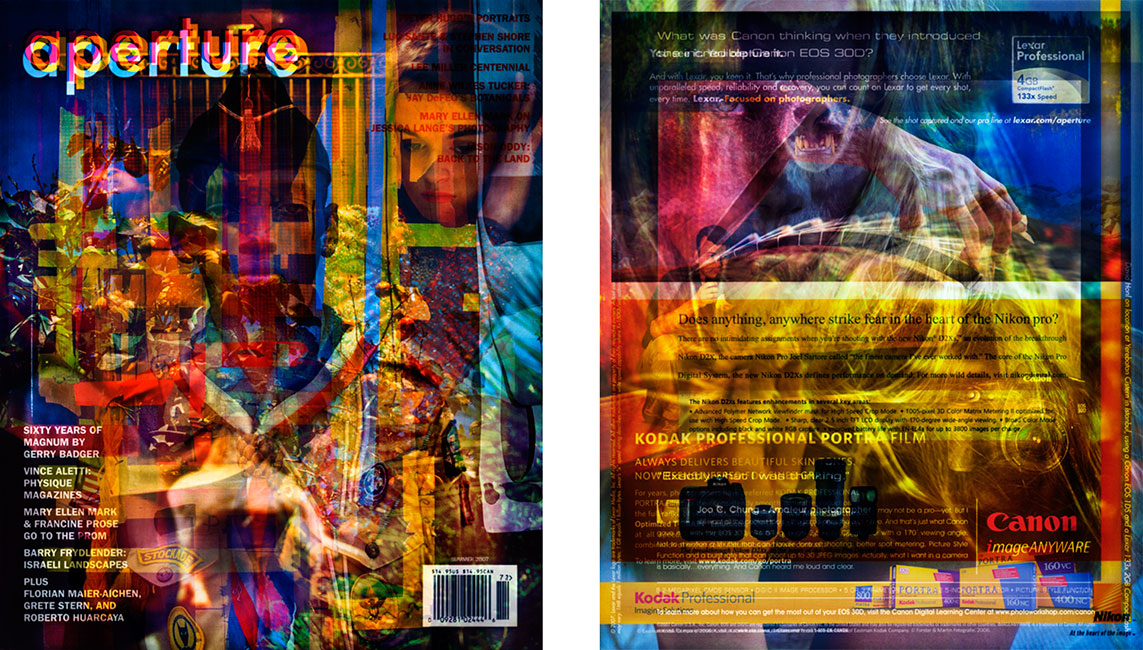


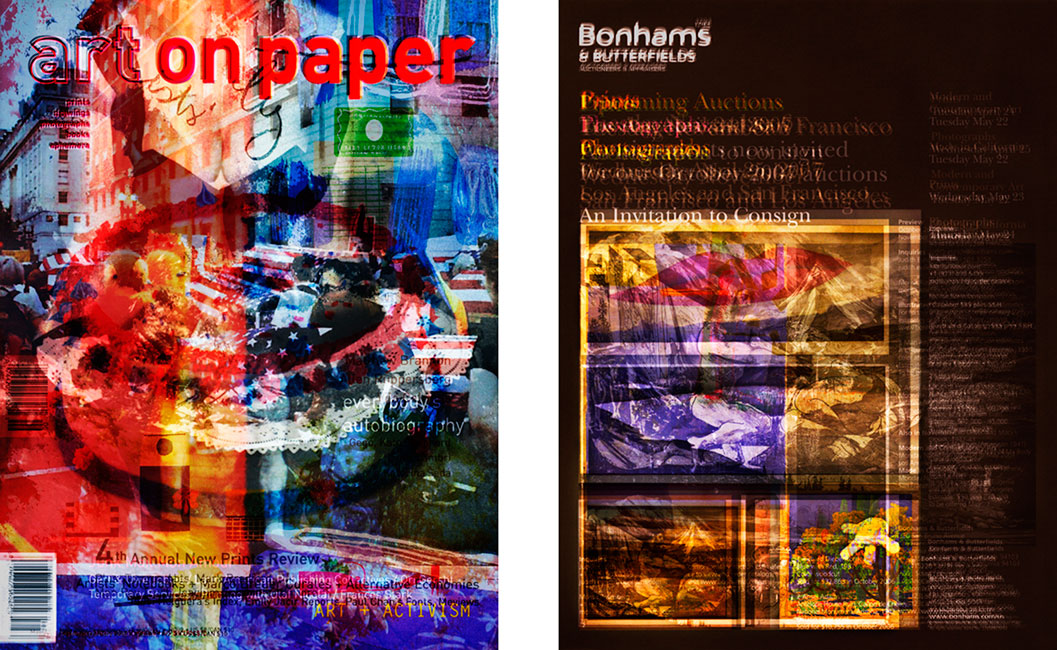








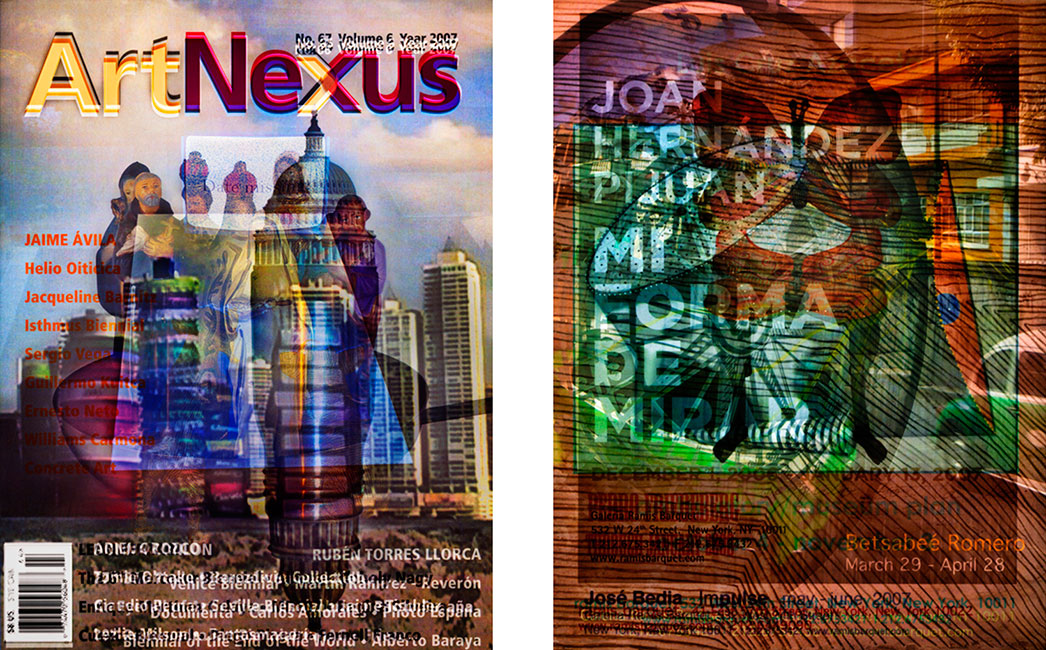


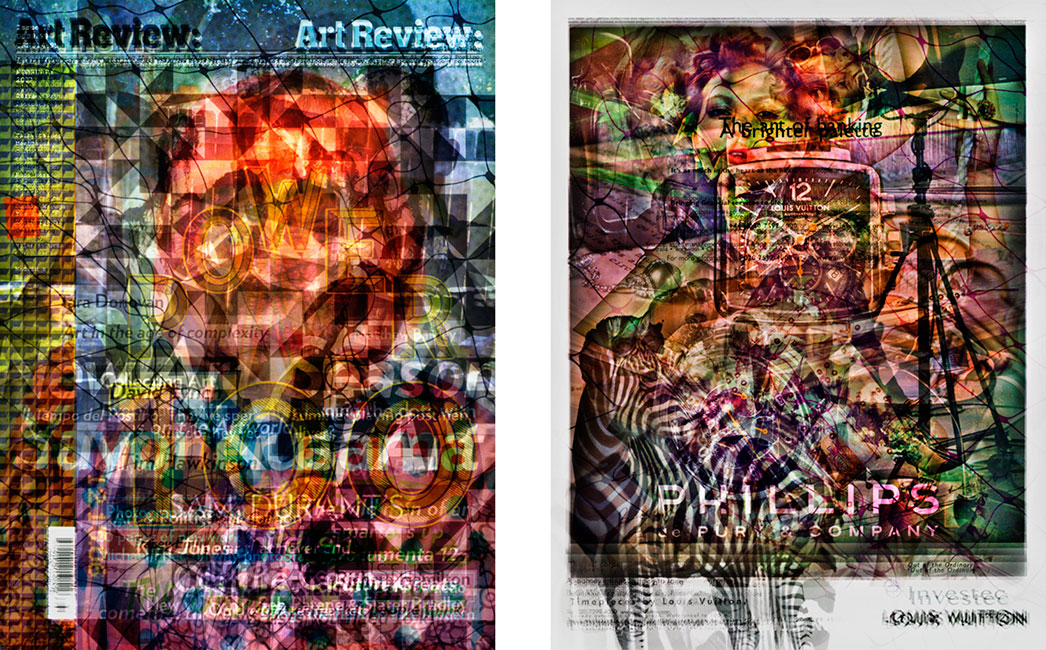


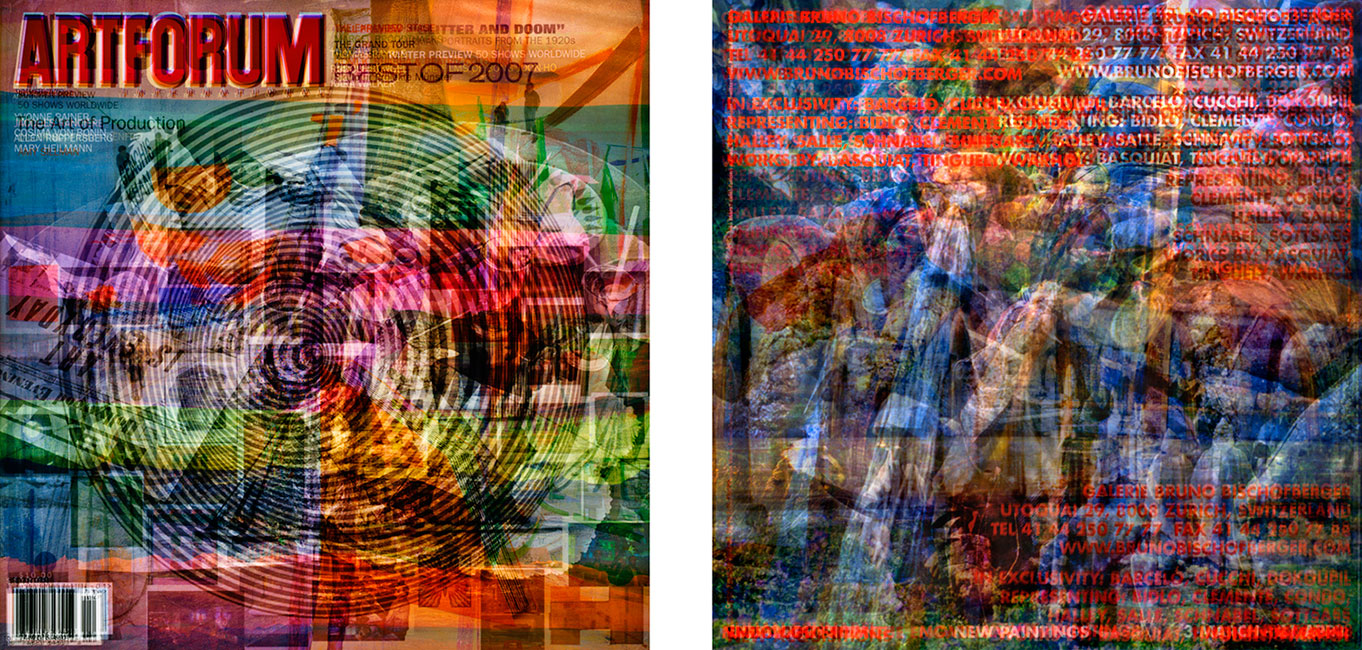


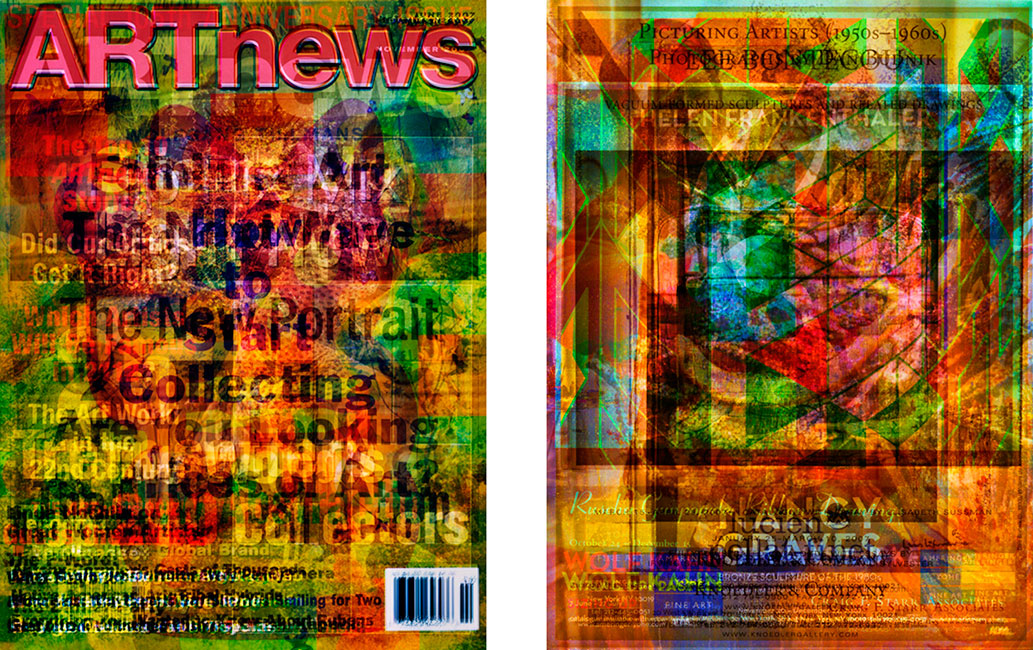


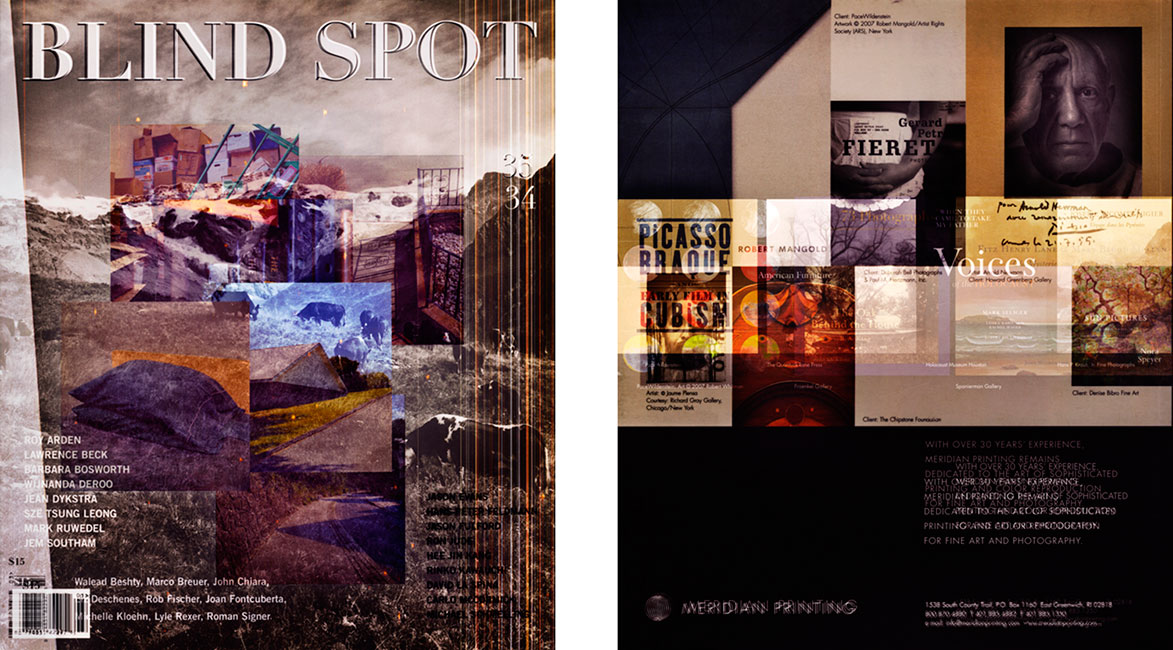


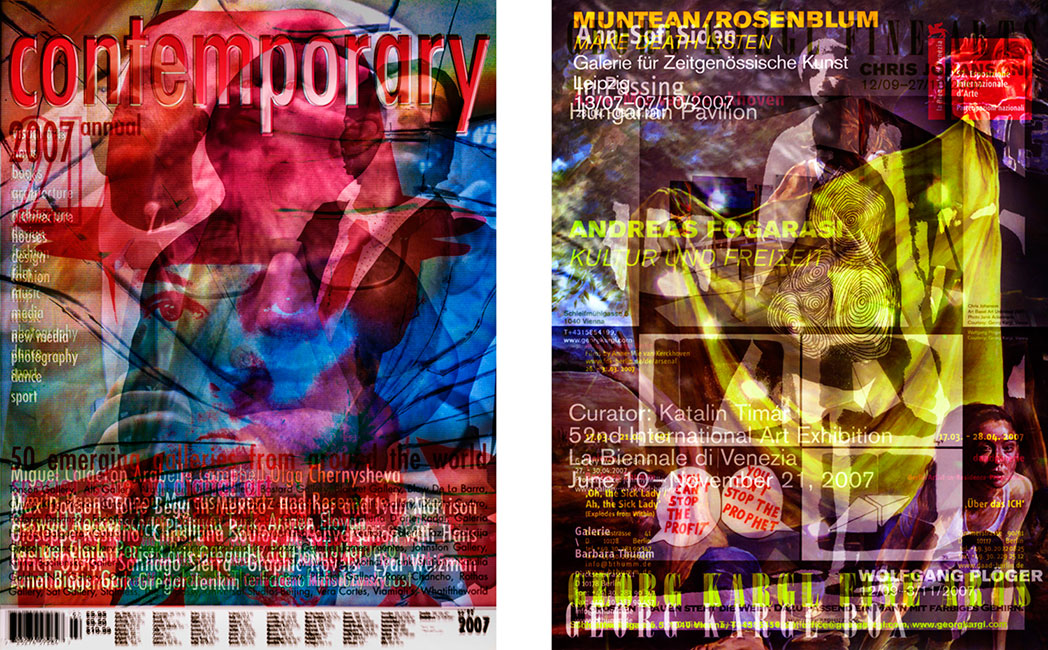





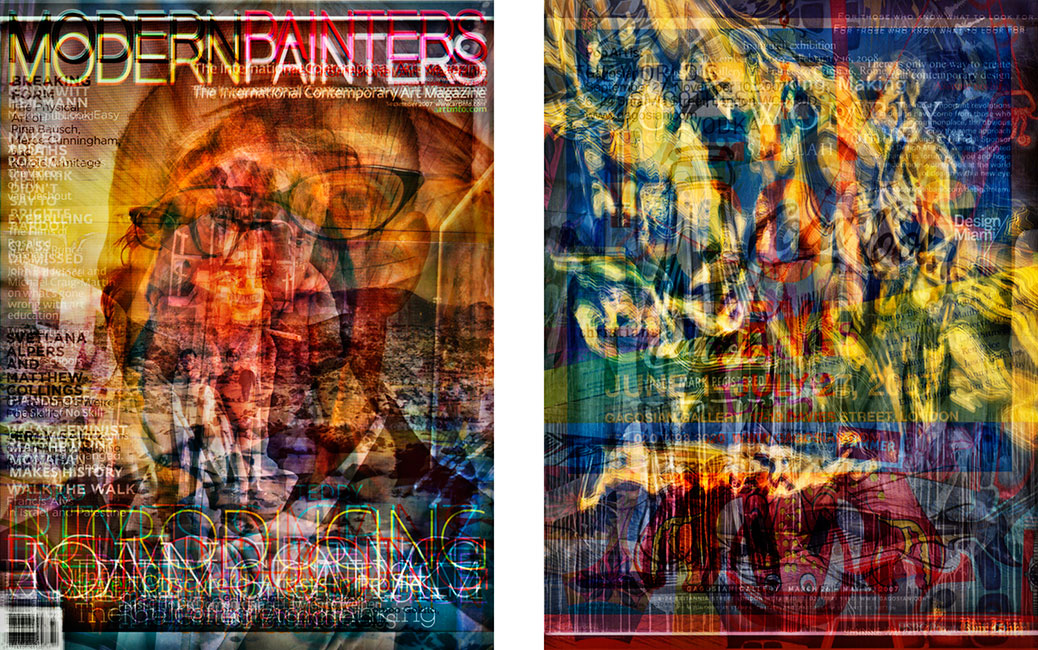


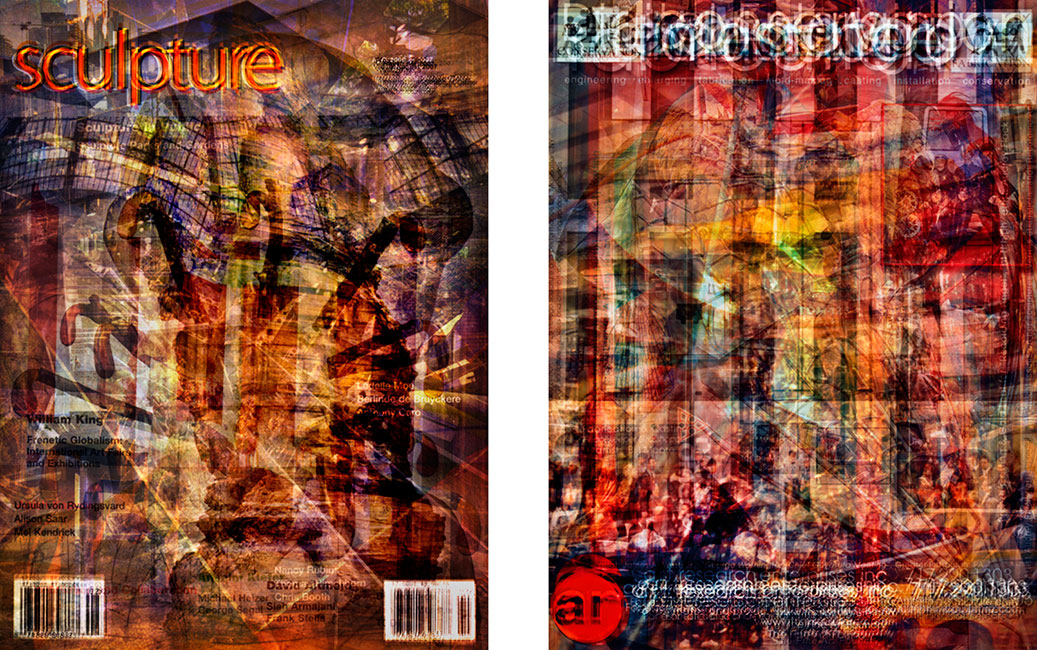


A Year at a Glance
In the periodical sections of bookstores and newsstands, the front covers of magazines fight for our attention and may very well determine which ones we select and ultimately buy. In addition to selling magazines, the front covers reveal who a particular editorial staff believes are the most important artists, and what exhibitions and other art world events should be highlighted at the time of publication and distribution. And let us not forget about the less visible back covers. Each print in this series denotes an entire year of covers—one image represents the front cover while a separate image stands for the back—condensed into single images, thus a year at a glance. Like composite portraits that merge multiple human faces to create an “average” likeness meant to represent an entire population, these images result in an “average,” which symbolize the past year as presented on the front and back covers of each publication. A Year at a Glance heightens the seductive quality of this arbiter of popular culture, while at the same time taking a critical look at the system of advertising and marketing integrated within the distribution of art news. Having one’s work presented on the cover of national and international art magazines will have a major impact on an artist’s career, so this project raises questions that have real consequences. It opens up a dialogue on capitalism’s impact on what works of art are placed in this popular form of circulation. It can be argued that the font covers of publications are not for sale, but the back covers, and a large percentage of the interior pages, are most definitely bought and sold. By combining the covers and blurring the images and text, I am subverting the privilege that is bestowed on individual artists and institutions.